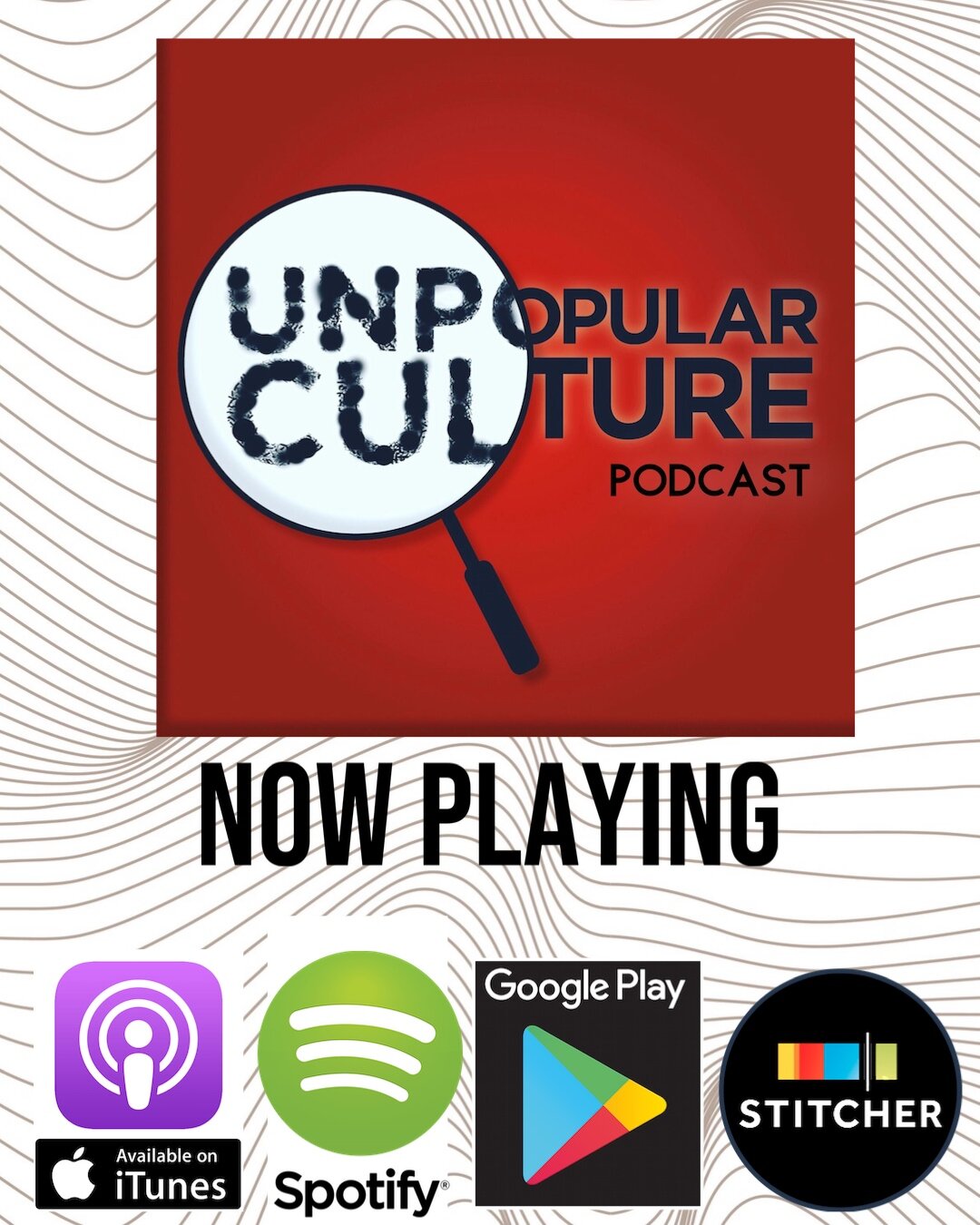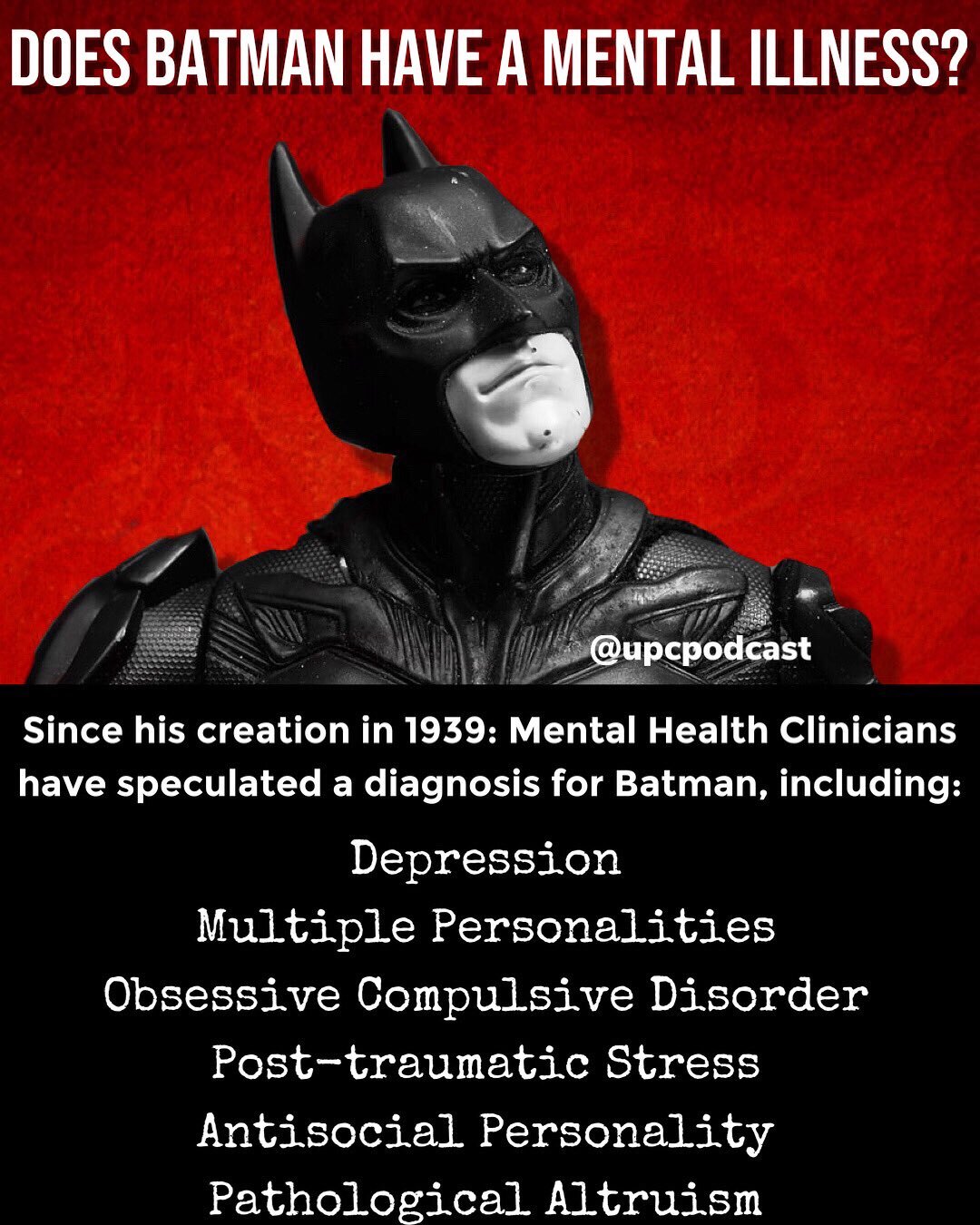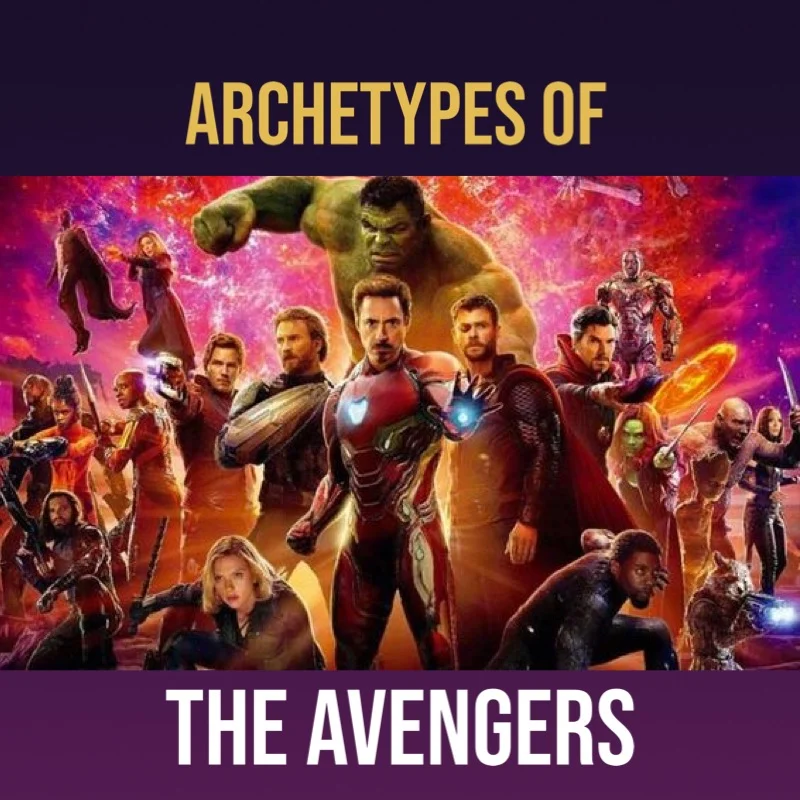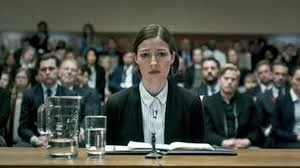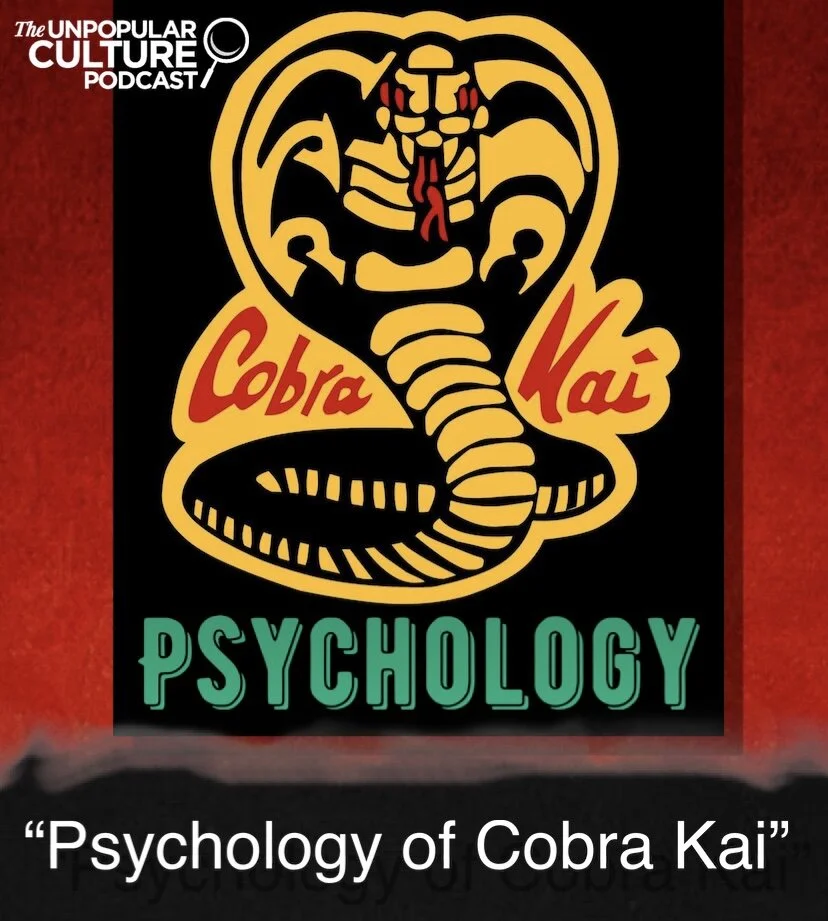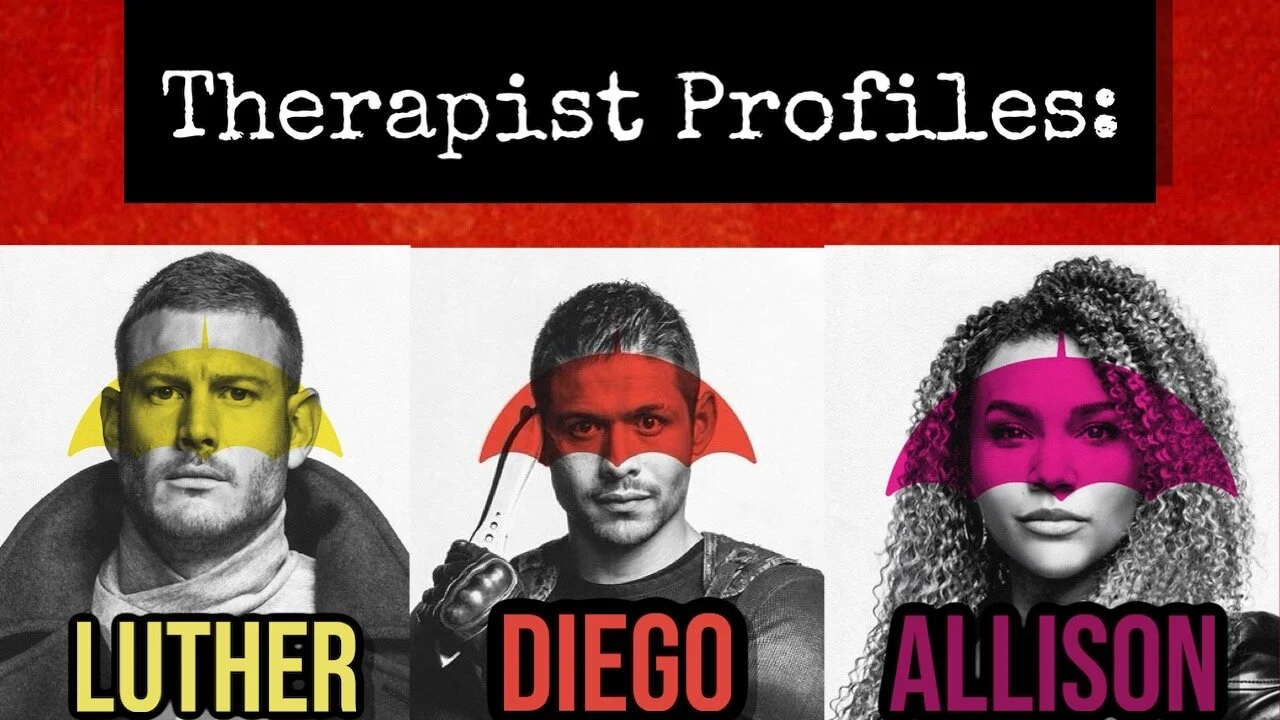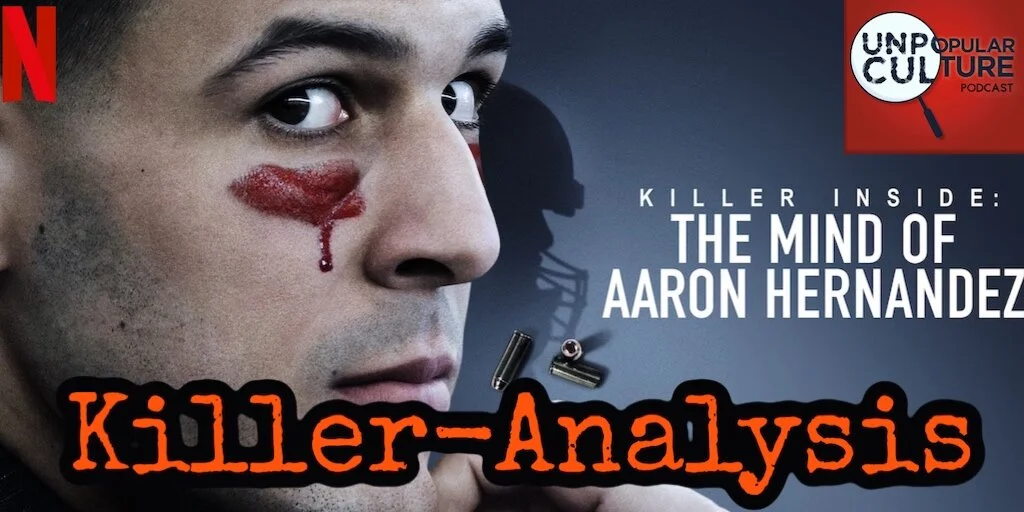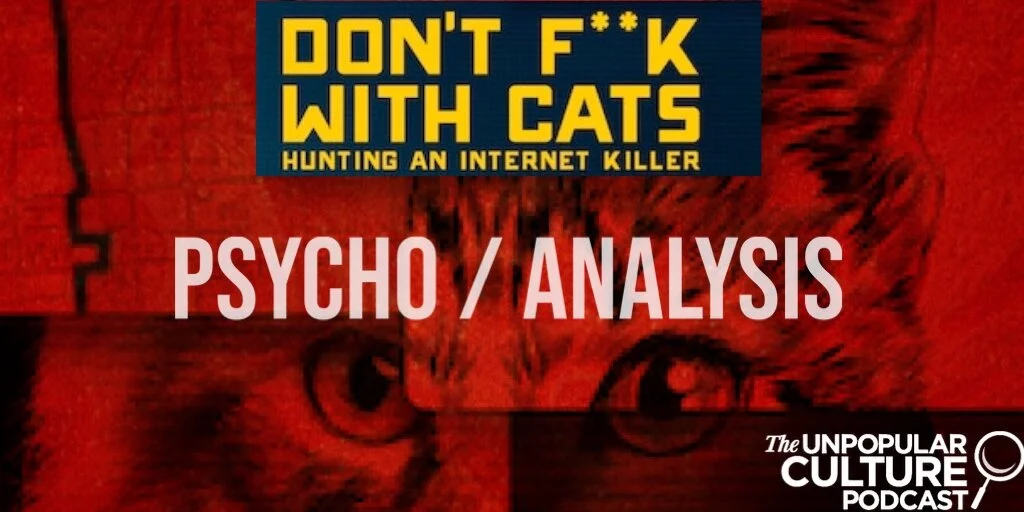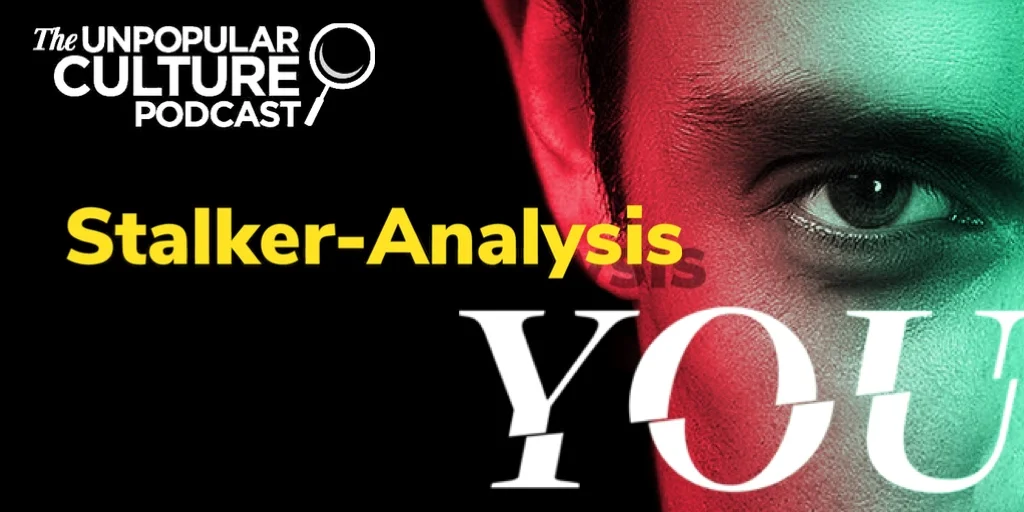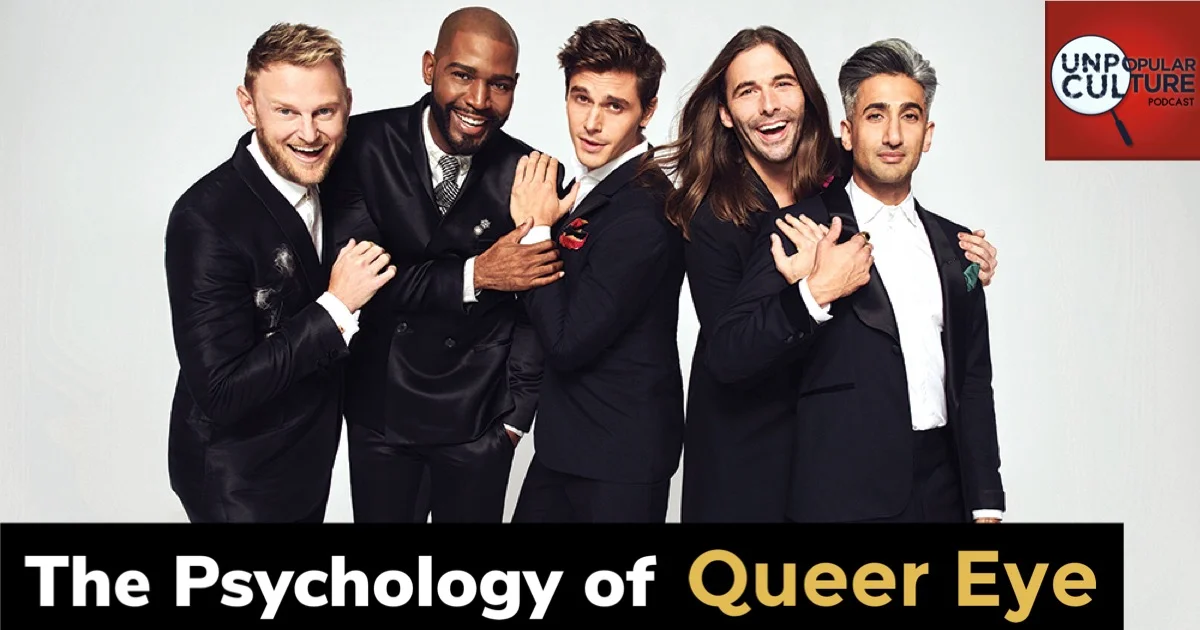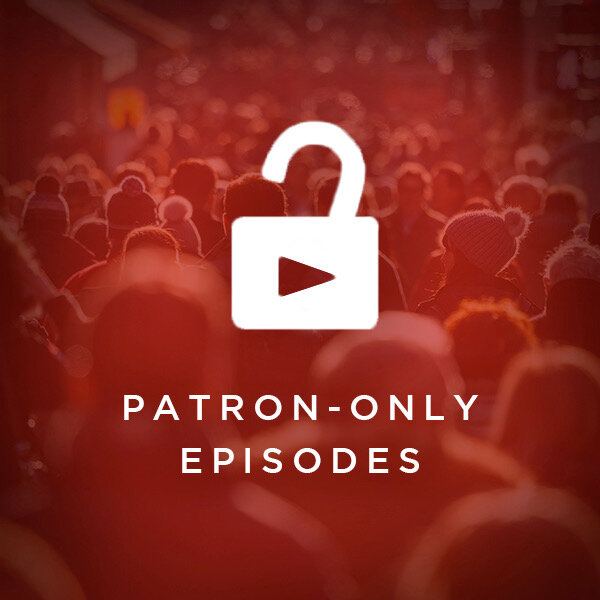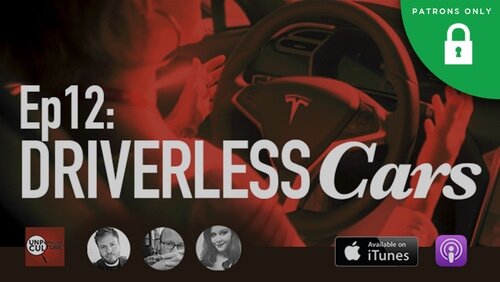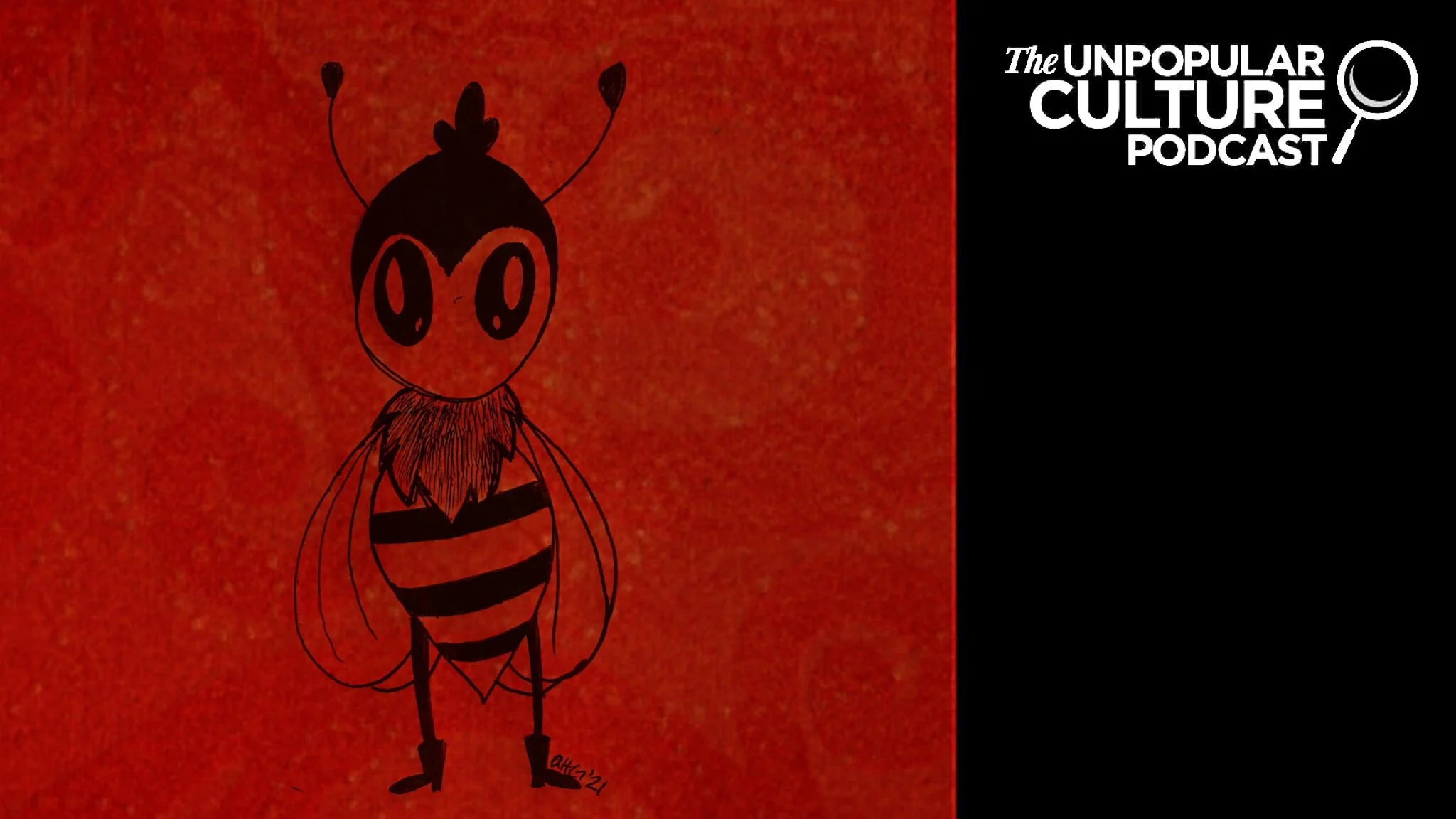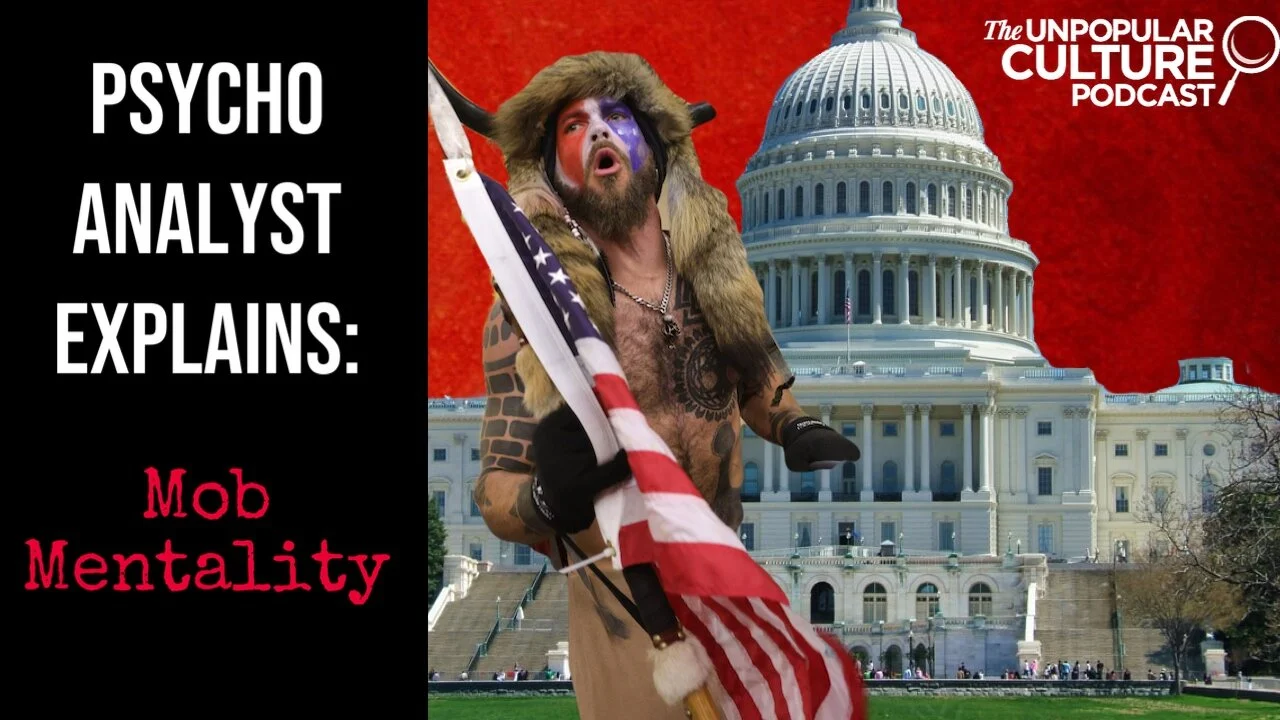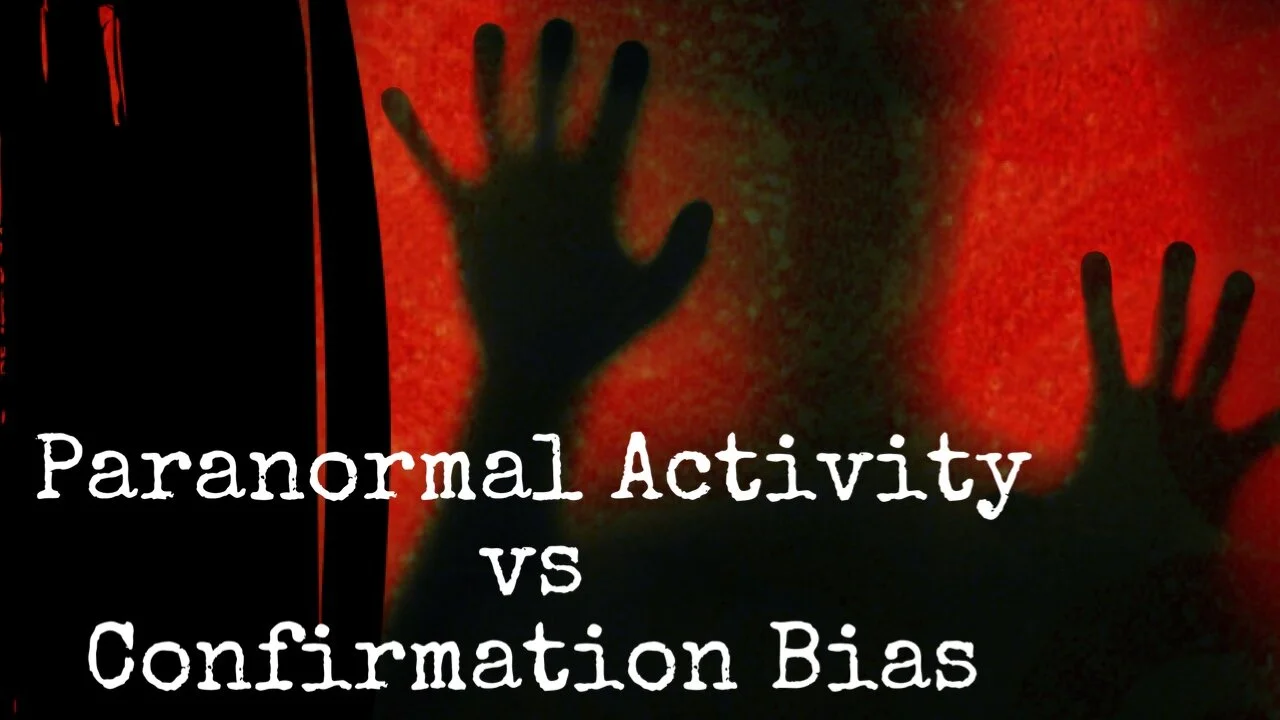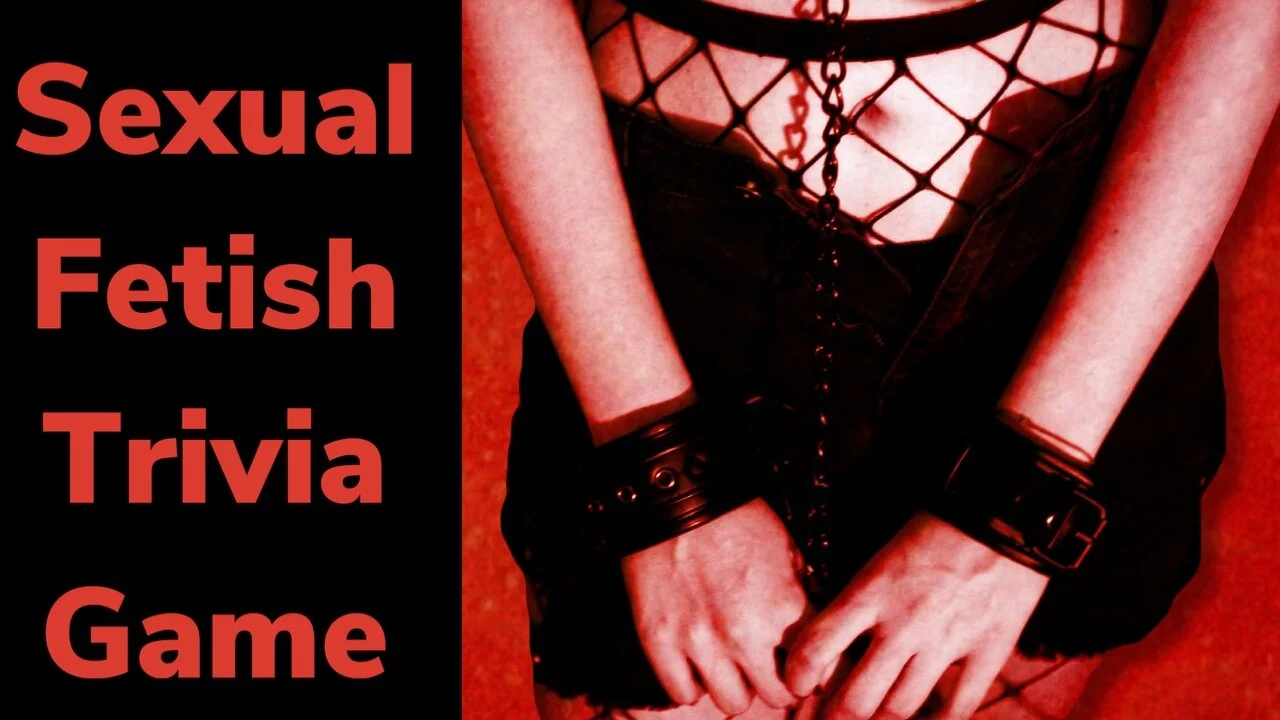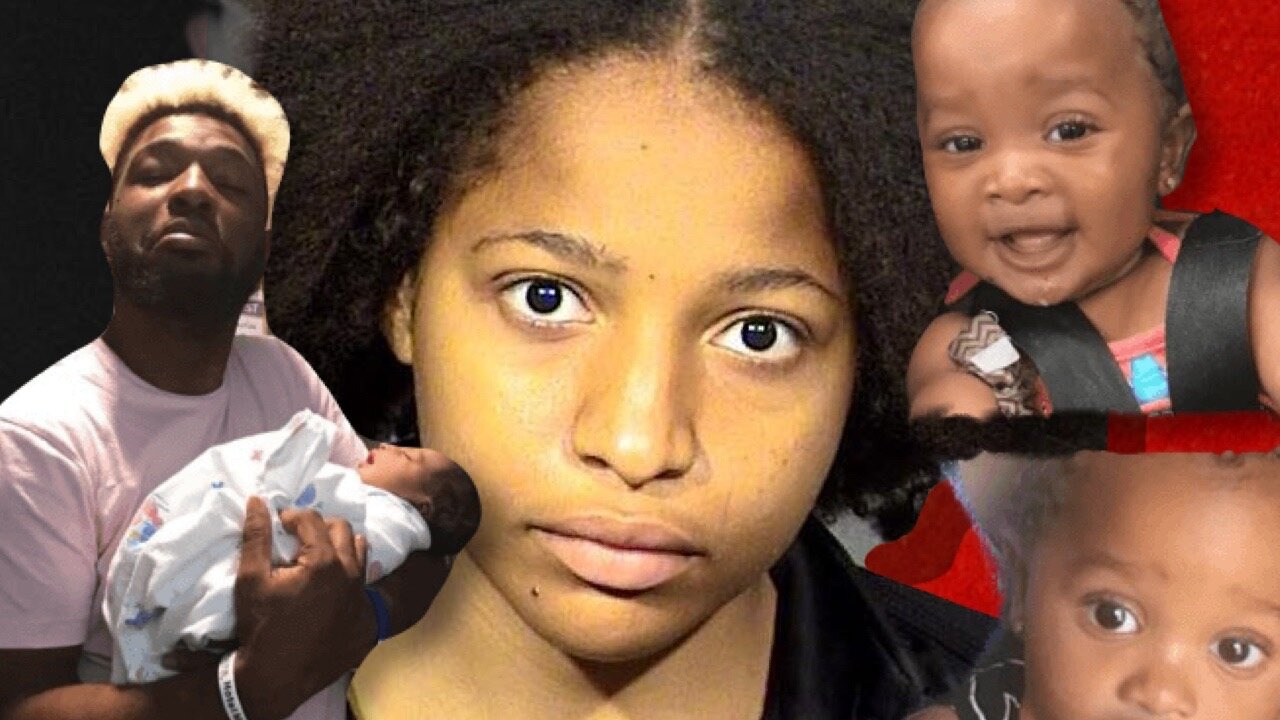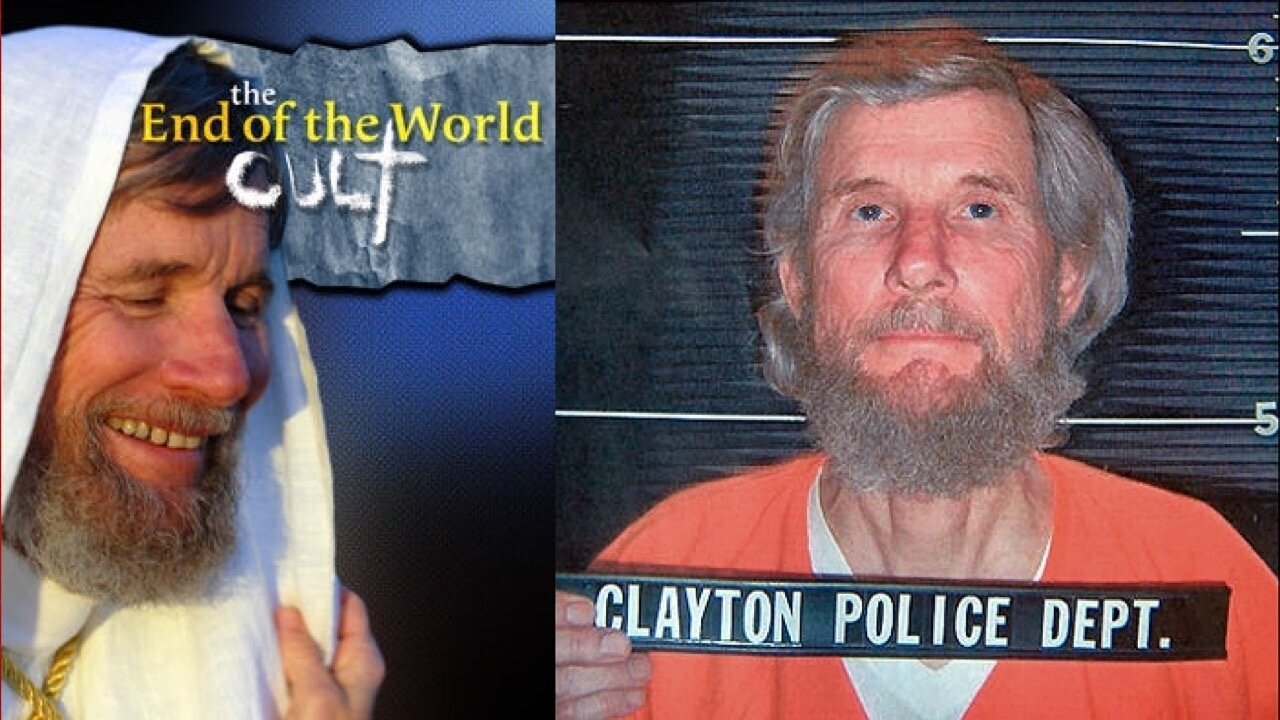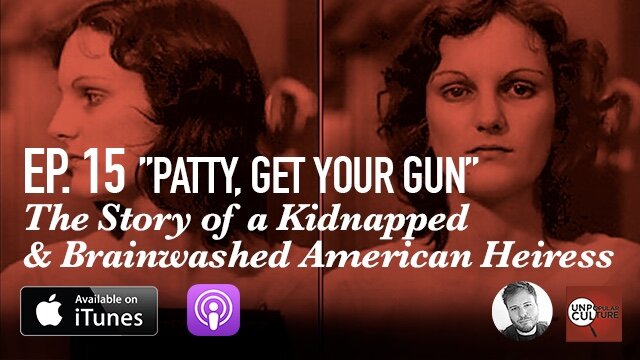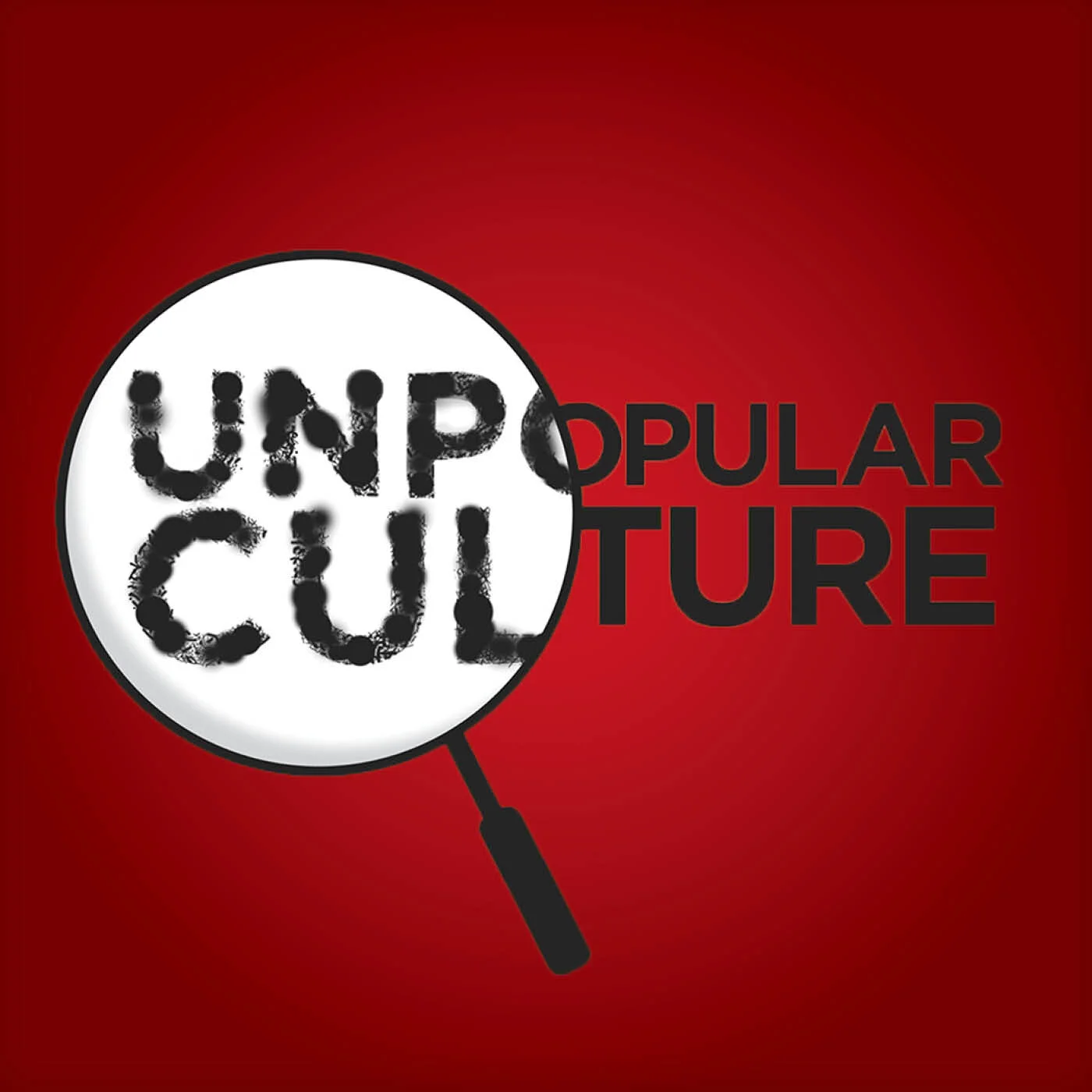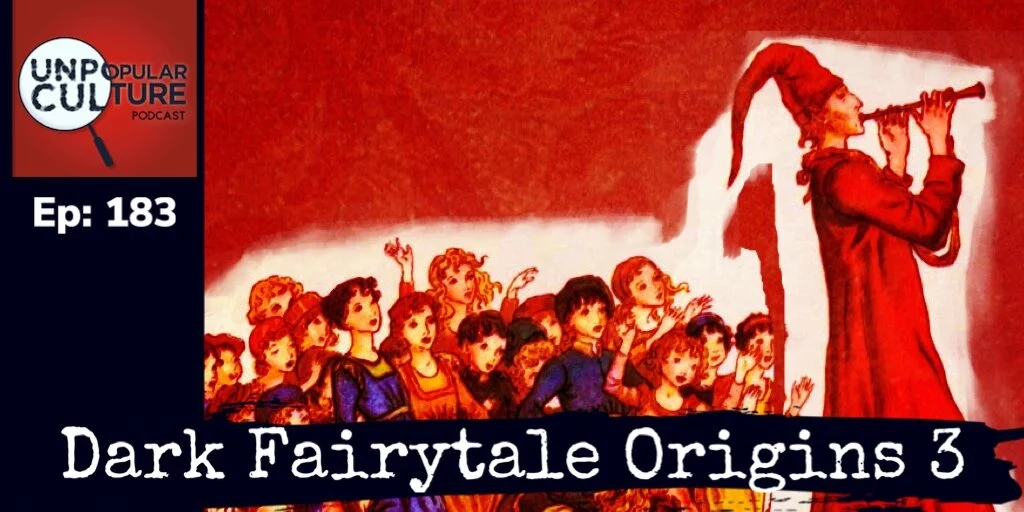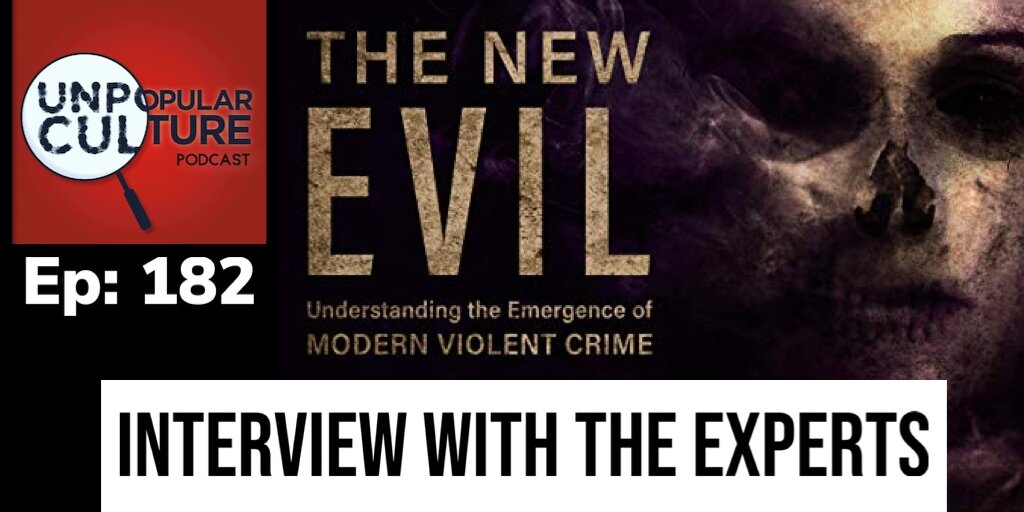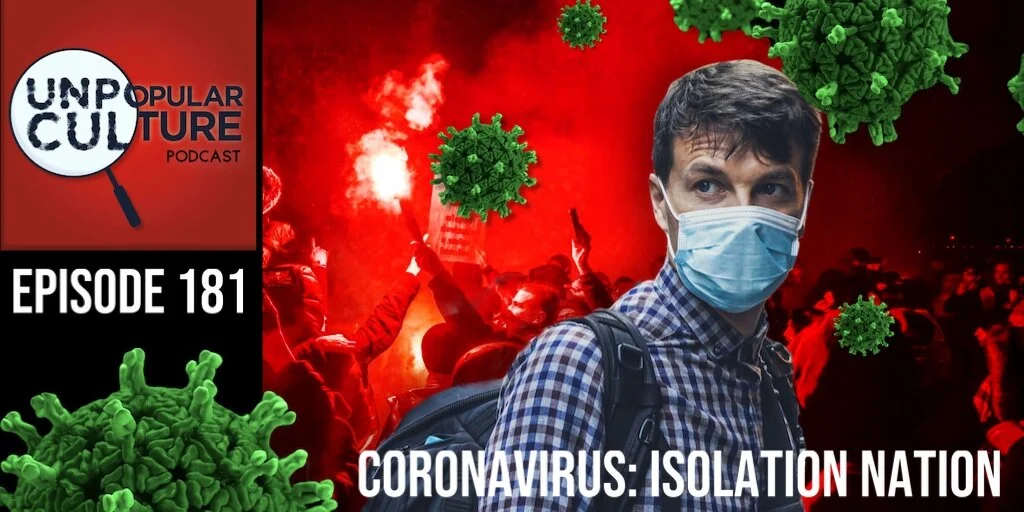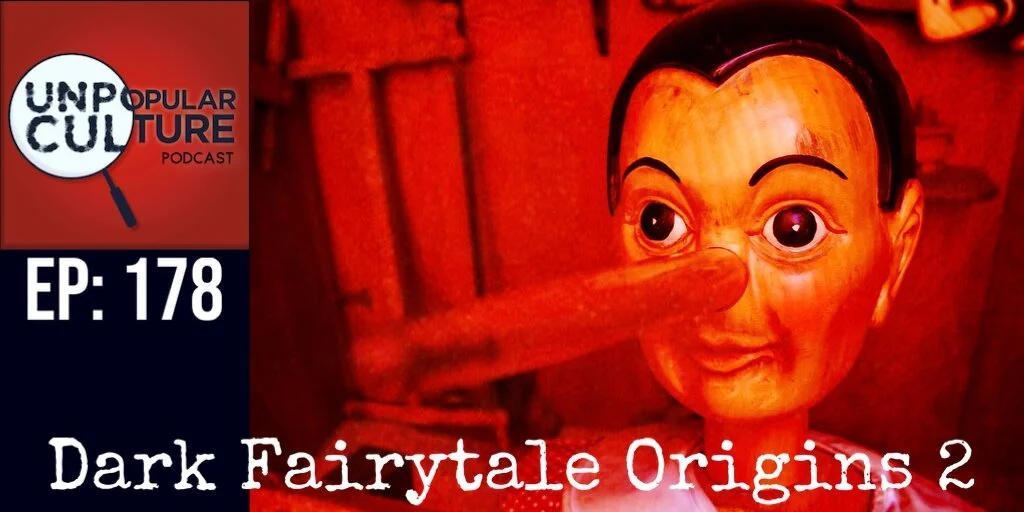Have you ever been stalked, not just by a person, but an entire group of people? How do you know? And the more disturbing question… how can you prove it? The Psychology behind this phenomenon may be more provocative than the phenomenon itself.
Read moreEp: 202 - Patty, Get Your Gun (RELOADED) - The Psychology of Brainwashing
We dive into the case of Patty Hearst and Stockholm Syndrome. Patty Hearst was an American heiress born in the 1950's, whose actions following her own kidnapping left people angry. Her eventual claim was that of being brainwashed and tortured.
Read moreEp: 154 - The Christmas Killing Spree: The Psychology of Spree Murder
We investigate the worst spree killing in Dayton Ohio History. Over a 3-day period in December 1992, four young people embarked on a shooting rampage that left five people dead and three wounded. They would soon be known as the “Downtown Posse”.
Read moreEp: 146 - Scale of Evil (Part 7) Cornered Killers - The Psychology of Murder
In May of 1977 a sadistic Mormon cult leader Ervil Lebaron orders his cult to walk into a clinic and gun down a rival cult leader. This is where our episode on the level 12 scale of evil begins- With a warning about what it means to follow your own killer down a path of weaponized religiosity. Michael drane, true crime, forensics, killer, dr. Michael Stone, gradation of evil, scale of evil,
Read moreEp: 144 - The Case of Jeffrey MacDonald - The Psychology of Murder
We dive into the mysterious True Crime case of Jeffery MacDonald. This is the case that ALMOST made it onto UPC as level 11 on Dr. Stone's "Scale of Evil". Media sources who have reviewed The Scale of Evil have cited Jeffrey MacDonald as a level 11 murderer, even though there is serious controversy around this case.
Read moreEp: 142 - Scale of Evil (Part 6) Psychopathic "In The Way" Killers - The Psychology Of Murder
We review the case of Ismael Juarez Cisneros, a semi-psychopath "In The Way" killer who murdered his close friend in retaliation for informing to authorities. This is level 11 on Dr. Stone's Gradation Evil Scale.
Read moreEp: 138 - The Joker Movie (Psych Profile & Analysis) - The Psychology of the Joker
We discuss how realistic the 2019 Joker Movie. Was it pstd or a psychotic break? We give a psychological profile of the Joker and discuss his mental illness. Is the "laughing" condition real? What kind of meds was Joker on? psychological breakdown podcast.
Read moreEp: 127 - Psychopathic Presidents - Psychology of the Power and the Presidency
What do U.S. Presidents and psychopaths have in common? Prof. Michael Drane explores personality traits shared by government leaders and serial killers alike.
Read moreEp: 125 - Scale of Evil (Part 1) Levels 1,2, and 3 (Self Defense Murder) - Reviewing Dr. Michael Stone's "Scale of Evil"
👇Listen To The Full Episode Below👇
Prof Michael Drane reviews Dr. Michael Stone's "Scale of Evil" using infamous cases. This episode looks at the first 3 levels of murder- Self Defense, Jealousy, & Companion Murders
Check out The New Evil: Understanding the Emergence of Modern Violent Crime. Copyright © 2019 by Michael H. Stone, MD, and Gary Brucato, PhD.
A Brief Description of The Scale Of Evil in This Episode
NOT EVIL
1. Justified Homicide
The least malevolent: Those who have killed in self-defense and do not show psychopathic features.
2. Jealous Lovers, Non-Psychopathic
Though egocentric or immature, evildoers in this category committed their crimes in the heat of passion.
3. Willing Companions Of Killers
Still far from psychopathic, some have antisocial traits and an aberrant personality. They're often driven by impulse.
About Dr. Michael Stone
“Dr. Michael Stone is a professor of clinical psychiatry at Columbia. His specialty is personality disorders - most especially “borderline personality disorder.” But in recent years he has concentrated as well on the extremes of personality, as shown by persons who show antisocial, psychopathic, and sadistic traits. This led to an interest in the kinds of people committing murder - spanning the spectrum from jealousy murders to serial killers and torturers. Recently he served as the host of the Discovery Channel show, “Most Evil,” for which he was sent around the country interviewing serial killers and murderers of other types. This experience, plus his research over the past twenty years, led to his writing The Anatomy of Evil (appearing in July of 2009). The book explores the “why” factor: what are the inborn and environmental factors that cause certain people to commit murder and, at the extreme end, to behave with uncommon cruelty toward their fellow man. Modeled after Dante’s Inferno, the book progresses from the least to the most “evil” crimes, and contains a chapter devoted to recent contributions from neuroscience toward understanding the mind of the psychopath.”
Unpopular Culture Podcast is a psychology podcast hosted by Professor & Psychoanalyst Michael Drane. With help from professionals in different fields, he seeks to shine light into the broken underbelly of society.
Listen as he takes on the psychology behind subjects like:
True Crime: serial killers, murders, stalkers, cults, forensic analysis
Psychology: mental illness, social phenomenon, mob mentality, psychoanalysis, etc.
Culture: Sexuality, Satanic Panic, love, Tv analysis, movie analysis.
We are an independent psychology podcast. Help us keep UPC free of ads and on the air. Please consider supporting the show and get access to our "Stalkers Only" archive, and help be a part of the creative process.
Support the Show! —> patreon.com/upcpodcast
Follow Us On These Social Media Platforms
You Can Follow Us Here Or Anywhere You Find Awesome Podcasts
Watch The Episode on YouTube
Ep: 124 - Creative Madness - The Psychology of Creativity vs. Insanity
We describes the thin line between Creativity and Insanity. What is the process in the brain and how psychopaths use it to choose their victims. How do brain chemicals such as dopamine effect things like art? What does neuroscience say about psychopaths?
Read moreEp: 117 - Diagnosing Demonic Possession - The Psychology of Exorcisms
That Demons can possess your body OR That it's all in your mind? We compare demonic possession to psychological phenomenon like psychosis & Split Personality Disorder (Dissociative identity disorder).
Read moreEp: 116 - Archetypes of The Avengers - The Psychology of The Avengers
👇Listen To The Full Episode Below👇
In this episode we visit with our good friends over at The Psychology In Seattle Podcast. Professor Michael Drane is joined by Dr. Kirk Honda and Humberto to discuss the conclusion of The Avengers Infinity War saga.
Michael discusses in this episode an analysis of The Avengers characters using Psychological Archetypes!! You won’t want to miss this episode.
What are The Avengers?
“The Avengers are a team of superheroes assembled by Nick Fury and the intelligence agency S.H.I.E.L.D. through the Avengers Initiative.
The original team consisted of Iron Man, Captain America, Hulk, Thor, Black Widow and Hawkeye.
They were initially brought together by S.H.I.E.L.D. to combat Loki, Thor’s adoptive brother. The team was initially formed by Nick Fury to “fight the battles that S.H.I.E.L.D. never could”.”
Unpopular Culture Podcast is a psychology podcast hosted by Professor & Psychoanalyst Michael Drane. With help from professionals in different fields, he seeks to shine light into the broken underbelly of society.
Listen as he takes on the psychology behind subjects like:
True Crime: serial killers, murders, stalkers, cults, forensic analysis
Psychology: mental illness, social phenomenon, mob mentality, psychoanalysis, etc.
Culture: Sexuality, Satanic Panic, love, Tv analysis, movie analysis.
We are an independent psychology podcast. Help us keep UPC free of ads and on the air. Please consider supporting the show and get access to our "Stalkers Only" archive, and help be a part of the creative process.
Support the Show! —> patreon.com/upcpodcast
Follow Us On These Social Media Platforms
You Can Follow Us Here Or Anywhere You Find Awesome Podcasts
Watch Us On YouTube
Ep: 112 - Speaking of Gaslighting - The Psychology of Brainwashing
Along with Therapist Sam Manewitz we discuss "Gaslighting". Gaslighting is the term used for how someone in a relationship who manipulates you into feeling crazy. What is it? How can you tell it is being used against you? How to get some help.
Read moreEp: 111 - The Trauma Finds Us All - Three Therapists React (Preview)
Therapists read and analyze traumatic stories that listeners wrote in. This content is intense, which is why it's so important for people to hear. You are not alone. Thanks to my very talented PhD clinicians Jessica Gaul & Nikki Golden helping out in this episode.
Read moreEp: 107 - Psychology of Kink 2: The BDSM Lifestyle
Professor and Psychotherapist Michael Drane is joined by Sex Therapist Samantha Manewitz talks about Role Play, Kink, and The BDSM lifestyle.
Read moreEp: 105 - Serial Killer Analysis: The Skin My Mother Wears - (Preview)
Serial Killer Ed Gein is infamous for using human body parts to make a skin suit that he could wear to be closer to his dead mother.
Read moreEp: 42 - American Beauty (Movie Review) - The Psychology of American Beauty (Stalker Only)
We discuss the psychology of American Beauty. American Beauty is a 1999 American drama Kevin Spacey stars as Lester Burnham, an advertising executive who has a midlife crisis when he becomes infatuated with his teenage daughter's best friend.
Read moreEp: 40 - Live Stream Suicides - The Psychology of Death and Dying
In this UNPLUGGED episode, Michael and Justin talk about the psychology of Live Stream Suicides, Homicides, Violence and Bullying. They also discuss how to handle the situation if you are a viewer of said live-stream.
Read moreEp: 34 - Netflix's “The Witness"- The Bystander Effect Reloaded
👇Listen To The Full Episode Below👇
This is our follow-up show to our most popular season 1 episode: Beware the Bystander, about the Bystander Effect and the New York Times story about Kitty Genovese. We gained such a huge response for this episode and are excited to get into all of your questions and comments about the show. Since recording that episode, there have been significant developments to this story, like the popular Netflix documentary "The Witness" supposedly 'debunking' the NYT story, so we'll get into all that.
Michael’s Notes
ACCORDING TO AN ARTICLE PUBLISHED BY THE NEW YORK TIMES ON MARCH 13, 1964, THE FOLLOWING EVENTS ARE TRUE:
"For more than half an hour 38 respectable, law‐abiding citizens in Queens watched a killer stalk and stab a woman in three separate attacks in Kew Gardens. Each time he returned, sought her out and stabbed her again. Not one person telephoned the police during the assault; one witness called after the woman was dead."
Assistant Chief Inspector Frederick M. Lussen is still shocked. The Kew Gardens slaying baffles him‐not because it is a murder, but because the “good people” failed to call the police. “If we had been called when he first attacked, the woman might not be dead now.”
This is what the police say happened beginning at 3:20 A.M.: Twenty‐eight‐year‐o1d Catherine Genovese, who was called Kitty, was returning [from work]. She turned off the lights of her car, locked the door and started to walk the 100 feet to the entrance of her apartment.
Kitty noticed a man at the far end of the lot. Then, nervously, she headed up Austin Street toward Lefferts Boulevard, where there is a call box.
She got as far as a street light in front of a bookstore before the man grabbed her. She screamed. Lights went on in the apartment house on Austin Street, which faces the bookstore. Windows slid open and voices punctured the early‐morning stillness.
She screamed: oh, my God, he stabbed me! Please help me! Please help me!”
From one of the upper windows in the apartment house, a man called down: “Let that girl alone!”
The assailant looked up at him, shrugged and walked down Austin Street toward a white sedan parked a short distance away.
Lights went out. The killer returned to Kitty, now trying to make her way around the side of the building by the parking lot to get to her apartment. The assailant stabbed her again.
“I'm dying!” she shrieked. “I'm dying!”
It was 3:50 by the time the police received their first call, from a man who was a neighbor of Miss Genovese. In two minutes they were at the scene. The neighbor, a 70‐year‐old woman and another woman were the only persons on the street. Nobody else came forward. The man explained that he had called the police after much deliberation. He had phoned a friend for advice and then he had crossed the roof of the building to the apartment of the elderly woman to get her to make the call.
“I didn't want to get involved,” he sheepishly told the police.
WINSTON MOSELY
Kitty Genovese's story was made widely famous by the New York Times shocking article about '37 People Who Did Nothing' and now everyone knows her name and her case is used widely as an example of the Bystander Effect. We're calling this episode RELOADED - because we're elaborating on the story. And in order to give you all the sides of the story, lets start with a lesser-known perspective: Kitty's murderer, Winston Mosely.
According to an alternate story more focused on Mosely, these are the general events. "As Kitty Genovese walked toward the apartment complex, Moseley exited his vehicle, and approached Genovese armed with a hunting knife. Frightened, Genovese began to run across the parking lot and toward the front of her building. Moseley ran after her, quickly overtook her, and stabbed her twice in the back. When later confessing, Moseley said that his motive for the attack was simply "to kill a woman".
Other witnesses observed Moseley enter his car and drive away, only to return ten minutes later. In his car, he changed to a wide-brimmed hat to shadow his face. He systematically searched the parking lot, train station, and an apartment complex. Eventually, he found Genovese, who was lying, barely conscious, in a hallway at the back of the building where a locked doorway had prevented her from entering the building. Moseley stabbed Genovese several more times. Knife wounds in her hands suggested that she attempted to defend herself from him. While Genovese lay dying, Moseley raped her. He stole about $49 from her and left her in the hallway."
According to a witness, Moseley was arrested 5 days after Kitty's murder while stealing a television in Queens. This witness said his face looked "calm as can be"
Winston Mosely fits the profile of someone who is called to have anti-social personality disorder; common street names of this are psychopaths, sociopaths.
A lawyer on the case said Moseley's "confession as to Kitty's killing flowed normally as part of his conversational tone, so it was like I stole a tv and by the way I killed this person." You see this a lot in serial killers and psychopathic behavior, the killer is emotionless, as if they have in the DSM what is called a lack of remorse, indicated by being indifferent to or rationalizing having hurt, mistreated or stolen from another.
It's been suggested that serial killers that kill methodically the way Mosely did, like Ted Bundy have an average IQ of 113 (with the overall average IQ being 100). Mosely was highly intelligent, he had an IQ of 135 and earned his bachelor's degree in Sociology while in prison. Psychopaths are typically highly intelligent, think of Dexter, Ted Bundy, Patrick Bateman from American Psycho. Can you think of any more?
In the Netflix documentary, Moseley wouldn't meet with Bill Genovese but sent a letter to him with a different version of the story where he was just the getaway driver for the real murderer, Dominic, some Mobster. And he was just an innocent on looker. For the psychopathic mind, manipulation is second nature, because they have no emotional guilt about lying. Lying becomes just another tool to get what they want, which is all they care about.
THE BIRTH OF THE BYSTANDER EFFECT
This Kitty Genovese Murder started it all, becoming infamous and sparking decades of research on this phenomenon, eventually the term "The Bystander Effect" or "Genovese Syndrome" was created. This is a sociological phenomenon that states that the more people around to witness an emergency situation, the less likely they are, individually to do something to help. This is a result of what is known as Diffusion of Responsibility. The tendency in all of us to NOT take individual responsibility in a given situation. For example, if you live by yourself, you're more likely to take out the trash on a given day because you're the only one that's gonna do it. If you live with roommates, you have the ability to say "Oh, they'll probably take care of it" and this is our inclination.
It's now 50 years later, Bill Genovese, Kitty's brother, spent seemingly his entire life digging into this story. In the Netflix documentary that so many of our listeners brought to our attention about the follow-up to this case, Bill Genovese self-describes his search for more answers about Kitty's murder as a blatant obsession.
Bill Genovese enlisted in the Vietnam war because he didn't want to be a Bystander. Later, he was seriously wounded, eventually spending the rest of his life in a wheelchair. All of this formed a cycle of obsession, and even in the documentary, you can see his family telling him to "let it go" but he cant.
Unable to cope with the idea that so many people watched his sister die, he looked into the original New York Times Article, collecting more information on the case. As a result of Bill's investigation, we now know much more about the murder, the case, and the all of the holes in that original New York Times article.
It would have you believe that literally 37 people watched the full murder and never called the police or reported anything. And this is not entirely true.
REVISITING THE CASE
The original article gives the impression that there is only a single witness, Robert Mozer, who screamed down out of his window "Hey! Get out of there!" to Winston Mosley when in fact, this is far from the truth, as discovered by Bill Genovese.
Only 5 of reported 38 witness called to take the stand during the original trial
Many neighbors reported hearing the screams, Not just blind screaming but the actual words "Help me!" and "I'm being stabbed"
Prosecution attorney even reported that the very first of five witnesses, Night elevator operator, Charles Skoler, saw entire 1st attack. He then went downstairs and went to sleep. If this first witness had called the police when he saw the attack, they would have been there to save her life.
Witness #2: "Karl Ross" reported in trial that he saw 2nd attack, but never called police the night of. Instead, He called his girlfriend who told him "not to get involved."
Witness #3: Irene Frost heard a shreak. Went to the window, stood there for a minute, and went back to bed. The second time heard "Please help me God I've been stabbed"
The fourth witness, "Sophia" finds Kitty in door way and Kitty died in her arms.
Her son says Sophia talked to paper once and asked if she would help again, Sophia said "of course"
Paper then publishes that Sophia said "I don't want to get involved"
Newspaper seemed to reinforce preconceptions that nobody wanted to help.
Witness #5 Patti says she called police and police said "we already got the call", but this was never logged by the police station. Was she lying? There's something called Confirmation bias: which is the tendency to search for, interpret, or recall information in a way that confirms one's beliefs or hypotheses. So it's possible that she is remembering something different because of the way this story blew up with the idea that no one did anything, and she couldn't cope with that being her.
It's worth understand that eyewitness testimonies are far from reliable.
Scientific American reports that once DNA testing was first introduced, researchers have recorded that 73% of the 239 convictions overturned through DNA testing were based on eye-witness testimony.
One thing that plays a role in what a person remembers is their own personal biases. In a study known as Allport & Postman (1947), participants were shown a comic image of a white man on a bus who is about to assault a scared black man with a razor. Participants of the study were asked after a long period of time, to recall details of the image and reported that it was the black man in the image that was holding the razor. Clearly this was not the case, and the results of the study prove that people's recollection of an event can change overtime to fit they're personal knowledge and understanding of society.
THE BYSTANDER EFFECT: OTHER EXAMPLES
The point of laying this out is that this Netflix documentary, "The Witness" did NOT disprove that her murder was a shining example of the Bystander Effect.
No, it wasn't 38 people who watched and did nothing, but there WERE an alarming number of people who saw, knew exactly what was happening and didn't call the police. If Kitty Genovese had never existed, the Bystander Effect would still be a phenomeno
EXTREME EXAMPLES
"The Richmond High School Incident" - On October 27, 2009, A 15 year old female was gang-raped by more than 15 male students at a homecoming dance in front of dozens of other students who stood around and took photos with their phones, for more than 2 and half hours.
In a message posted on an online alcohol abusive help-group at 12:50 P.M. on March 22, Larry Frostaid wrote: ''The conflict with my ex-wife was tearing me apart, and when [my five-year-old daughter] was asleep I got wickedly drunk, set our house on fire, went to bed, listened to her scream twice, climbed out the window and set about putting on a show of shock, surprise and grief to remove culpability from myself,'' and out of the 200 people that saw the message, only 3 reported it.
EVERYDAY RELATABLE EXAMPLES
witnessing a car accident, or a person broken down on the side of the road, if you were one of few left on earth and passed a borken down car, you'd be more likely to help them, but in daily reality, as you see all these other cars pass too, you're obviously much less likely to help.
Daily Chores, like we mentioned taking out the trash or vacuuming, you're more likely to do if you're alone, because you're the only one that will, but less likely if someone else could.
Think of 2 people in a space, yes, but then think of a dorm floor of A nerdy kid is walking through a school hallway in a sea of other students, a bully pushes his books down, and no one stops to help. Kitty deserves the legacy, her murder did good for people to prevent in the future...
Unpopular Culture Podcast is a psychology podcast hosted by Professor & Psychoanalyst Michael Drane. With help from professionals in different fields, he seeks to shine light into the broken underbelly of society.
Listen as he takes on the psychology behind subjects like:
True Crime: serial killers, murders, stalkers, cults, forensic analysis
Psychology: mental illness, social phenomenon, mob mentality, psychoanalysis, etc.
Culture: Sexuality, Satanic Panic, love, Tv analysis, movie analysis.
We are an independent psychology podcast. Help us keep UPC free of ads and on the air. Please consider supporting the show and get access to our "Stalkers Only" archive, and help be a part of the creative process.
Support the Show! —> patreon.com/upcpodcast
Follow Us On These Social Media Platforms
You Can Follow Us Here Or Anywhere You Find Awesome Podcasts
Watch The Episode On YouTube
Ep: 12 - (Stalker Only Episode) Driverless Cars
Do you trust your technology to make the decision to save your life? Michael is joined by Designer Corey Stewart and Photographer Andrew Baker to talk about Driverless cars. Are they safe? What companies are putting these out? Will Apple, Google, and Tesla take responsibility is someone dies in a driverless car?
